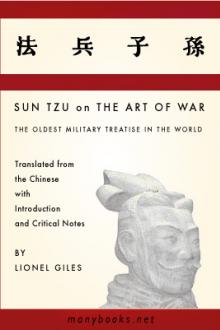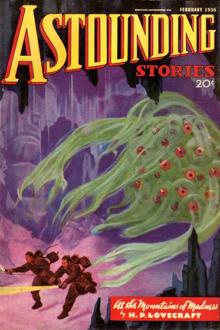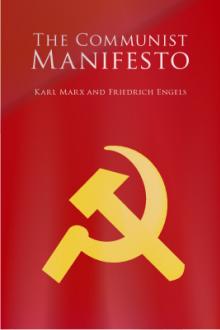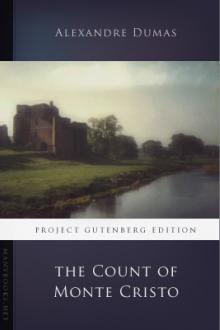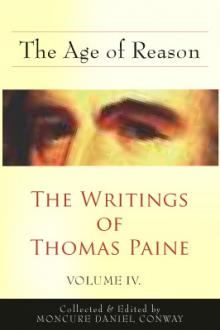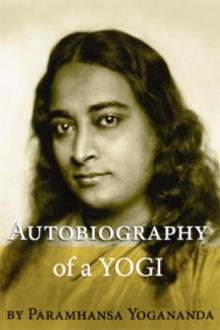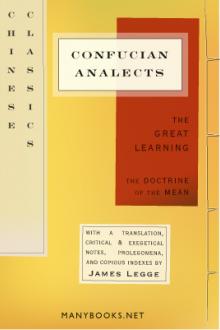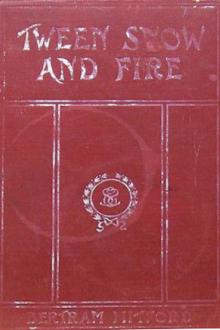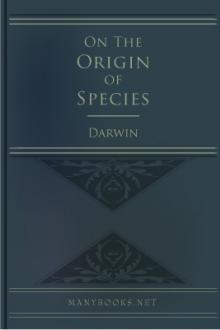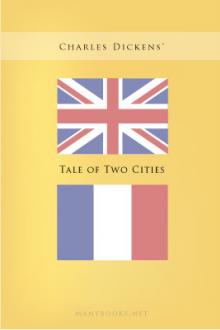The Atomic Bombings of Hiroshima and Nagasaki
The Atomic Bombings of Hiroshima and Nagasaki
Compiled by The Manhattan Engineer District, June 29, 1946.
Book Excerpt
NIZE A SCIENTIFIC GROUP OF THREE SECTIONS FOR POTENTIAL USE IN JAPAN IF SUCH USE SHOULD BE DESIRED. THE FIRST GROUP IS FOR HIROSHIMA, THE SECOND FOR NAGASAKI, AND THE THIRD FOR THE PURPOSE OF SECURING INFORMATION CONCERNING GENERAL JAPANESE ACTIVITIES IN THE FIELD OF ATOMIC WEAPONS. THE GROUPS FOR HIROSHIMA AND NAGASAKI SHOULD ENTER THOSE CITIES WITH THE FIRST AMERICAN TROOPS IN ORDER THAT THESE TROOPS SHALL NOT BE SUBJECTED TO ANY POSSIBLE TOXIC EFFECTS ALTHOUGH WE HAVE NO REASON TO BELIEVE THAT ANY SUCH EFFECTS ACTUALLY EXIST. FARRELL AND HIS ORGANIZATION HAVE ALL AVAILABLE INFORMATION ON THIS SUBJECT."
General Farrell arrived in Yokohama on 30 August, with the Commanding General of the 8th Army; Colonel Warren, who was Chief of the Radiological Division of the District, arrived on 7 September. The main body of the investigating group followed later. Preliminary inspections of Hiroshima and Nagasaki were made on 8-9 and 13-14 September, respectively. Members of the press had been enabled to precede G
Editor's choice
(view all)Popular books in Non-fiction, Post-1930, Government Publication, History
Readers reviews
5.0
LoginSign up
A gripping look at one of the most defining moments in history. The first part of the book was written by scientists and medics on the Special Manhattan Engineer District Investigating Group. It describes in great detail what the atomic bomb was, how it worked and the damage it caused. At the time, the US treated the atomic weapon very scientifically as the country leapt into this new technology. Long before dropping the A-bomb on Hiroshima and Nagasaki, the US avoided hitting these cities with conventional bombs so damage results were untainted. And soon after the Japanese surrendered, assessment teams were sent in to survey how the cities had been affected.
The last quarter of the book is the more engrossing part. It is the firsthand account from a British Catholic missionary living on the outskirts of Hiroshima, and it shows how completely unknowable the scale of the A-bomb was.
Down in the valley, perhaps one kilometer toward the city from us, several peasant homes are on fire and the woods on the opposite side of the valley are aflame. A few of us go over to help control the flames. While we are attempting to put things in order, a storm comes up and it begins to rain. Over the city, clouds of smoke are rising and I hear a few slight explosions.
You can see in his writing the priest thinks the bomb’s mushroom cloud is a storm, a thunderhead, he sees over the city. When the priest talks to other priests across the city, they think the same way he did when the bomb first detonated.
They had the same impression that we had in Nagatsuke: that the bomb had burst in their immediate vicinity. The Church, school, and all buildings in the immediate vicinity collapsed at once.
Seeing the razing of their city, morale of its citizens was also annihilated as well. This is shown by one dramatic description of a Japanese worker.
Fukai, the secretary of the Mission, is completely out of his mind. He does not want to leave the house and explains that he does not want to survive the destruction of his fatherland. He is completely uninjured. Father Kleinsorge drags him out of the house on his back and is forcefully carried away.
In his final words – most likely written after the Japanese surrendered – the priest gives a “live by the sword, die by the sword” statement about the use of the weapon, which is interesting given his very unique point of view.
…It seems logical to me that he who supports total war in principle cannot complain of war against civilians.
The last quarter of the book is the more engrossing part. It is the firsthand account from a British Catholic missionary living on the outskirts of Hiroshima, and it shows how completely unknowable the scale of the A-bomb was.
Down in the valley, perhaps one kilometer toward the city from us, several peasant homes are on fire and the woods on the opposite side of the valley are aflame. A few of us go over to help control the flames. While we are attempting to put things in order, a storm comes up and it begins to rain. Over the city, clouds of smoke are rising and I hear a few slight explosions.
You can see in his writing the priest thinks the bomb’s mushroom cloud is a storm, a thunderhead, he sees over the city. When the priest talks to other priests across the city, they think the same way he did when the bomb first detonated.
They had the same impression that we had in Nagatsuke: that the bomb had burst in their immediate vicinity. The Church, school, and all buildings in the immediate vicinity collapsed at once.
Seeing the razing of their city, morale of its citizens was also annihilated as well. This is shown by one dramatic description of a Japanese worker.
Fukai, the secretary of the Mission, is completely out of his mind. He does not want to leave the house and explains that he does not want to survive the destruction of his fatherland. He is completely uninjured. Father Kleinsorge drags him out of the house on his back and is forcefully carried away.
In his final words – most likely written after the Japanese surrendered – the priest gives a “live by the sword, die by the sword” statement about the use of the weapon, which is interesting given his very unique point of view.
…It seems logical to me that he who supports total war in principle cannot complain of war against civilians.
- Upvote (0)
- Downvote (0)
The 'official' version, only slightly shaded by 'national security' concerns...
11/03/2011
The Book is excellent. Your knowledge would be increased to an enormous number.
04/27/2007
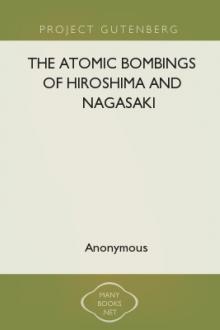
 Free Download
Free Download











